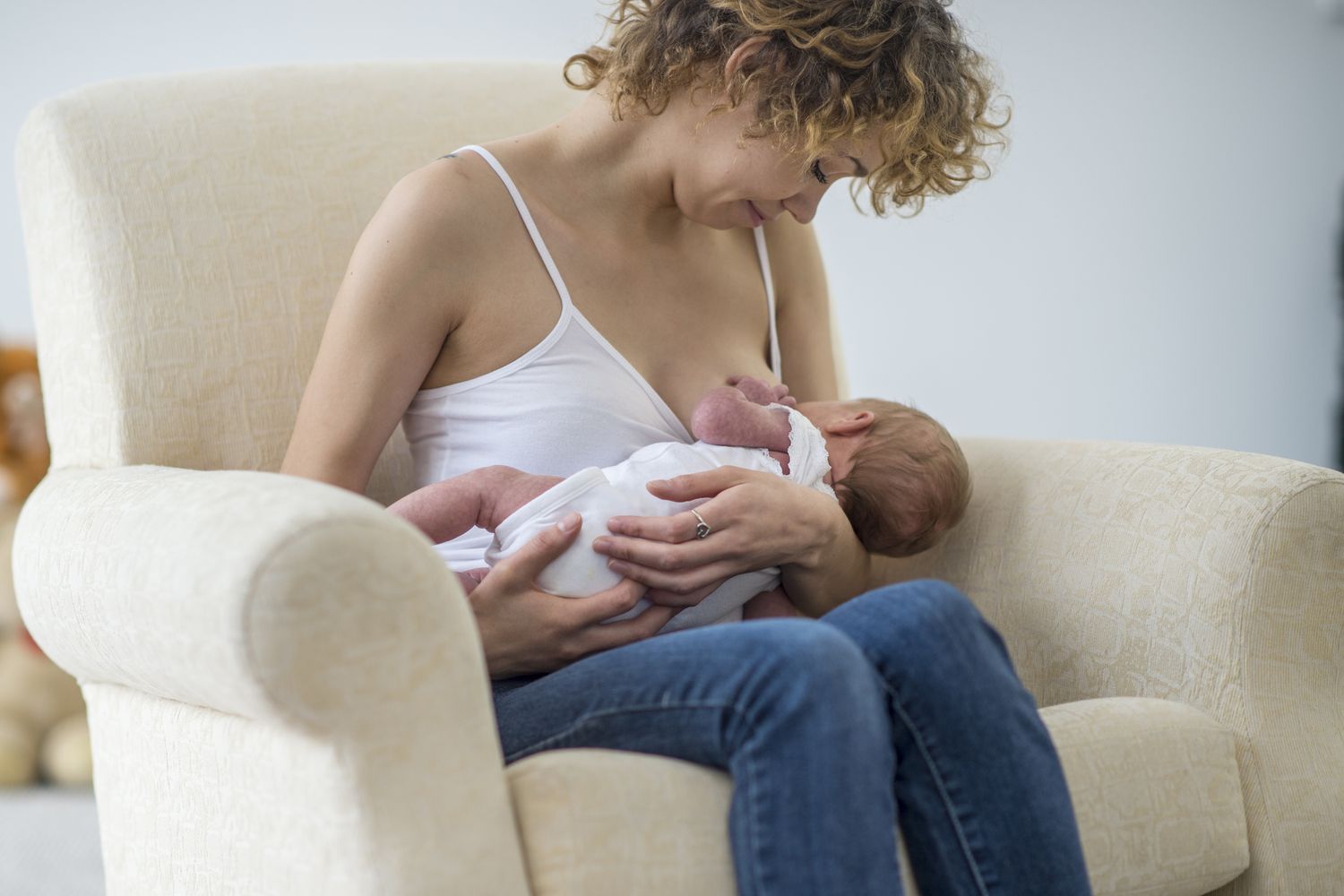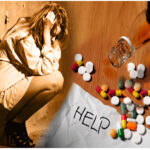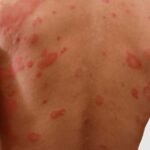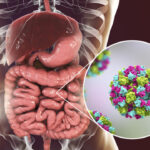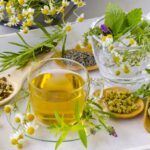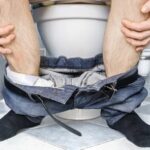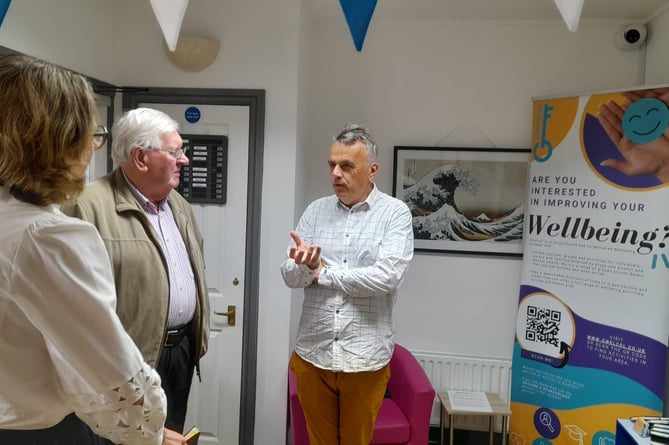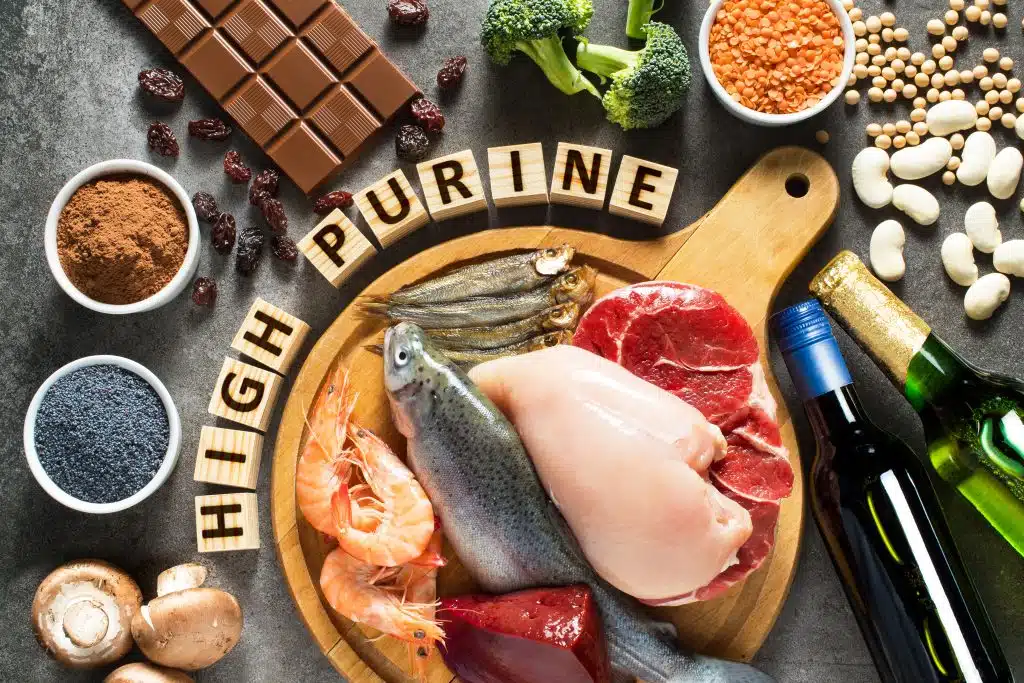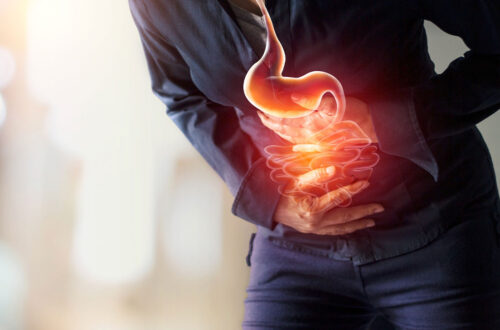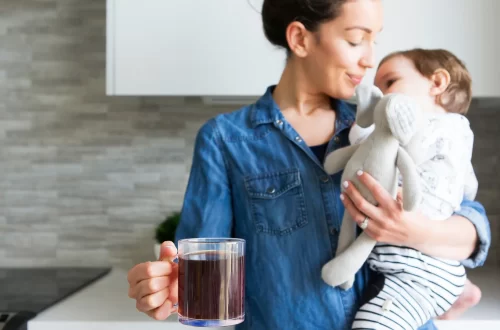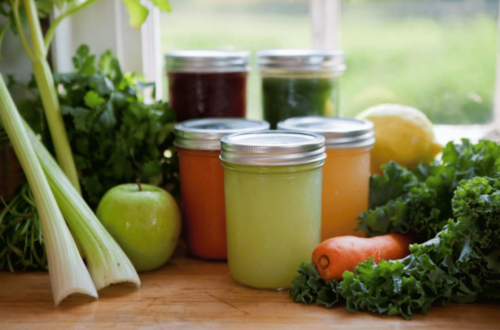Helpful Remedies For Breast Pain During Breastfeeding
Are you worried about your breast pain and what could be the remedies for breast pain during breastfeeding?
It could be caused by your period. Breast pain, also called soreness, is common and has many causes, with periods being the most frequent one. Breast pain doesn’t usually mean cancer.
But see a doctor if you have lumps that don’t go away and sore breasts. Most breast pain goes away on its own with some simple changes. Even though it goes away, it can be uncomfortable. Want some quick ways to feel better? We have a few tips for you!
What Causes Breast Pain?
Here are the common causes of breast pain:
- Hormonal fluctuations: Breast pain can occur during puberty, menstruation (periods), pre-menstrual syndrome (PMS), pregnancy, menopause, and after giving birth. These hormonal changes can cause the breasts to swell and become tender.
Pregnancy
- Breast tissue changes: Fibrocystic breast tissue is a condition where lumps or cysts form in the breasts. These lumps can become more painful during your period. Cysts and fibro-adenomas (non-cancerous lumps) can also cause breast pain.
Fibrocystic breast tissue
- Medications: Certain medications, such as birth control pills, hormone therapy medications, antidepressants, and some medications used for high blood pressure, can cause breast pain as a side effect.
- Medical conditions: Shingles, a viral infection that causes a painful rash, can cause breast pain if the rash appears on the breast. Costochondritis, an inflammation of the cartilage that connects your ribs to your breastbone, can also mimic breast pain.
- Lifestyle factors: Smoking, consuming too much caffeine, and stress can all contribute to breast pain.
- Breast size: Larger breasts may place more strain on the ligaments that support them, leading to pain.
It is important to note that breast pain is usually not a cause for concern. However, if you experience any of the following symptoms along with breast pain, it is important to see a doctor:
- A lump in your breast that does not go away
- Changes in the skin of your breast, such as dimpling or redness
- Nipple discharge
- Severe or persistent breast pain
A doctor can help determine the cause of your breast pain and recommend the best course of treatment.
- Hormonal ups and downs: Breasts can get sore during puberty, periods, PMS, pregnancy, menopause, and after childbirth. These hormone shifts can make them swollen and tender.
- Changes in breast tissue: Lumps or cysts in the breasts, called fibrocystic changes, can be more painful around your period. Other lumps like cysts and fibro-adenomas can cause breast pain too.
- Medications: Some medicines can cause breast pain as a side effect, like birth control pills, hormone therapy meds, antidepressants, and some high blood pressure medications.
- Other health problems: Shingles, a rash caused by a virus, can cause breast pain if it’s on your breast. Costochondritis, where the cartilage in your ribs gets inflamed, can also feel like breast pain.
- Lifestyle habits: Smoking, too much caffeine, and stress can all play a role in breast pain.
- Larger breasts: Breasts that are larger may put more strain on the tissues that hold them up, leading to pain.
SEE ALSO: Foods That Cause Gout
Symptoms of Breast Pain
Breast pain itself is a sign that something might be going on with your body. The pain can feel different depending on whether it is cyclic (related to your menstrual cycle) or non-cyclic (not related to your menstrual cycle).
If you have cyclic breast pain, you might feel:
- Your breasts feel heavy.
- Your breasts feel sore.
- Your breasts feel tender to the touch.
- You might notice some swelling in your breasts.
- The level of pain can vary from person to person.
- The pain might spread to your shoulders and armpits.
If you have non-cyclic breast pain, you might experience:
- A sharper, more intense pain in your breast.
- Pain that is confined to one specific area of the breast.
- The pain might feel like burning or stabbing in one spot.
- This type of pain can last a long time or come and go.
Home Remedies For Breast Pain During Breastfeeding
Breast pain might go away on its own with your periods. But if you’re feeling very uncomfortable and want to try some natural remedies, here are a few options.
You can try one or more of these home remedies and see which works best for you.
Kalonji (Nigella Sativa or Fennel Flower): Kalonji seeds are known for their many beneficial compounds. The essential oil from these seeds has been studied for its potential to relieve breast pain. One study found that a syrup made from kalonji oil, paraffin, water, and honey might help ease breast pain.
To try this remedy, grind some kalonji seeds into a powder, mix the powder with water and honey, and drink it regularly. This might help reduce your breast pain over time.
Evening Primrose (Oenothera Biennis): Evening primrose is rich in fatty acids that can help reduce inflammation, which may ease breast pain. In one study, evening primrose oil was found to be as effective as Vitamin E for relieving breast pain. You can use evening primrose oil by adding a few drops to your tea or hot water and drinking it.
Alternatively, you can mix it with a carrier oil and use it to massage your breasts for relief.
Turmeric: Turmeric has strong antioxidant properties similar to Vitamin E and Vitamin C and can reduce inflammation. A study found that taking curcumin (found in turmeric) before menstruation reduced breast pain.
Mix some turmeric powder in warm milk and drink it before your period starts. This can be a helpful remedy for cyclic breast pain because it is one of the remedies for breast pain during breastfeeding.
Chaste Tree (Vitex Agnus-Castus): The chaste tree has been used traditionally for women’s health issues, including PMS and breast pain. A study confirmed its effectiveness in reducing breast pain.
As one of the remedies for breast pain during breastfeeding, you can mix a few drops of chaste tree oil in warm water or tea with a little honey and drink it. This might help reduce your breast pain.
Orange Skin Essential Oil (Citrus Sinensis): Orange skin essential oil has components that can help reduce pain, relax muscles, and improve mood. A study showed that consuming this oil could lessen the effects of PMS, including breast pain.
Add a few drops of orange skin essential oil to warm water and drink it. For best results, use this remedy consistently. If your pain persists or worsens, consult a doctor.
YOU MAY LIKE: Eucalyptus Oil Benefits for Skin
Wheat Germ: Wheat germ is packed with nutrients, minerals, and vitamins, making it useful for various health issues. A study showed that consuming wheat germ significantly reduced breast pain in women.
You can include wheat germ in your diet or try wheat germ oil by mixing a few drops in a glass of water and honey and drinking it. This can be an effective natural remedy for sore and painful breasts.
Ginkgo (Ginkgo Biloba): Ginkgo biloba extract has been found to be one of the remedies for breast pain during breastfeeding and might help manage breast pain. A study showed its effectiveness when consumed over time.
You can use dried Ginkgo, which is available in the market, and boil it in water to make a decoction. Drinking this decoction may help alleviate your breast pain.
Hot or Cold Compress: A quick remedy for breast pain is to apply heat or cold to the affected area. Use a hot or cold pack, but be sure to protect your skin. Applying a compress at an optimal temperature can provide relief from breast pain.
While these remedies have shown benefits in studies, further research is needed to fully establish their effectiveness. It’s important to use these remedies under the guidance of a healthcare professional or an Ayurvedic physician to ensure they are safe and suitable for you.
Trying these natural remedies might help relieve your breast pain, but always consult with a healthcare professional if your symptoms continue or get worse.
How Can I Ease Breast or Nipple Pain?
During Feedings:
- Start nursing on the less sore side and change breastfeeding positions to find what’s most comfortable.
- Ensure your baby latches onto your breast correctly. If breastfeeding is too painful, try pumping the milk to drain your breasts.
- If your nipples are sore, ask a lactation consultant or your healthcare provider about using a nipple shield. Nipple shields cover the areola and nipple during feeding to protect sore or cracked nipples. Use them only if recommended by your care team, as they can sometimes affect milk supply.
- Gently break the suction when removing your baby from your breast by slipping your finger into the side of your baby’s mouth, between the gums, and turning it a quarter turn.
- At the end of a feeding, massage a little breast milk onto your nipples and let them air dry.
Between Feedings:
- Gently massage the sore area before nursing.
- Use wet or dry heat on your breasts (like a warm shower, water bottle, heating pad, or warm washcloth) right before feeding. If you have a yeast infection in your breast, keep your nipples dry since yeast thrives in moisture. Get plenty of rest and fluids.
- Apply ice packs or cool compresses on engorged breasts after feedings.
- Make your feeding area comfortable. Sit in a glider or a cozy chair with armrests. Use footstools and pillows for extra support. Some women prefer wraparound nursing pillows or “husband” back pillows with arms on each side for nursing in bed.
- If breastfeeding is painful or uncomfortable, call your doctor or a lactation consultant for help.
Additional Insights
Soothe Breastfeeding Pain with Comfort Techniques
Breastfeeding shouldn’t hurt! While you seek professional help for latch or positioning issues, these tips can ease your pain and make things more manageable.
Treat Your Nipples Right
- Lanolin Ointment: Apply a safe, over-the-counter ointment like lanolin. No need to wipe it off – it’s breastfeeding-friendly!
- Cool Relief: Soothe sore breasts from engorgement with cold compresses or special gel packs like Lansinoh Soothies.
- Air It Out: After feeding, let your nipples breathe for a few minutes. Breastmilk itself helps heal and moisturize, so skip the wiping.
Manage Discomfort
- Pain Relief Options: If pain persists, consider over-the-counter pain relievers like acetaminophen or ibuprofen. Consult your doctor for the right choice and dosage for you.
- Relaxation is Key: Techniques like deep breathing (remember those from birthing classes?) and getting enough sleep can significantly reduce discomfort.
Feeding Efficiency (Optional):
- Breast Compressions: This technique helps your baby get milk faster, potentially reducing feeding time and nipple exposure. You can gently squeeze your breast while your baby nurses to speed up milk flow.
When to Seek Medical Help
You should visit a doctor and seek their advice if you notice any of the following:
- Clear or bloody discharge from your nipples
- Persistent and unexplained breast pain
- Signs of breast infection (swelling, redness, and fever)
- A lump in your breast that doesn’t go away after your period
- Hardening and swelling in your breasts within the week after giving birth
It’s important not to rely entirely on home remedies for managing breast pain. Always consult a qualified doctor for any advice related to breast pain and its symptoms.
Conclusion
Breast pain, also called mastalgia, can happen for many reasons such as hormonal changes (during puberty, pregnancy, and menopause), certain medications, increased caffeine intake, and smoking.
It’s very common and can occur with your menstrual period (cyclic) or independently (non-cyclic), varying in severity for each person. Although it often goes away on its own, you can try some natural remedies for relief, such as turmeric, orange skin oil, wheat germ, or a cold compress.
Experiment with a few and see what works best for you. However, if the pain persists for more than a few days, you notice nipple discharge, or have signs of infection (redness, swelling, and fever), make sure to visit a doctor.
Disclaimer
The information on the remedies for breast pain during breastfeeding provided here is for educational and awareness purposes only. It is not intended to substitute for medical treatment by a healthcare professional and should not be relied upon to diagnose or treat any medical condition.
Always consult a registered medical practitioner to determine the appropriateness of the information and before taking any medication. My Emerald Health does not guarantee or warrant (expressly or implied) the accuracy, adequacy, completeness, legality, reliability, or usefulness of the information and disclaims any liability arising from it.
Links and product recommendations in this information are advertisements for third-party products available on the website. My Emerald Health does not make any representation regarding the accuracy or suitability of these products/services. Advertisements do not influence editorial decisions or content. The information in this blog is subject to change without notice. The authors and administrators reserve the right to modify, add, or remove content without notification. It is your responsibility to review this disclaimer regularly for any changes.

A graduate of Computer Science and Information Management Technology. Diploma – Caregiving, Certificates – Dementia and Diabetes Awareness and Management. A researcher, blogger, songwriter, singer and acoustic guitarist. Born in an environment where natural talents such as healing are imparted at our natural birth. This natural talents of healing is the result of our genetic inheritance and the training from family environment.

